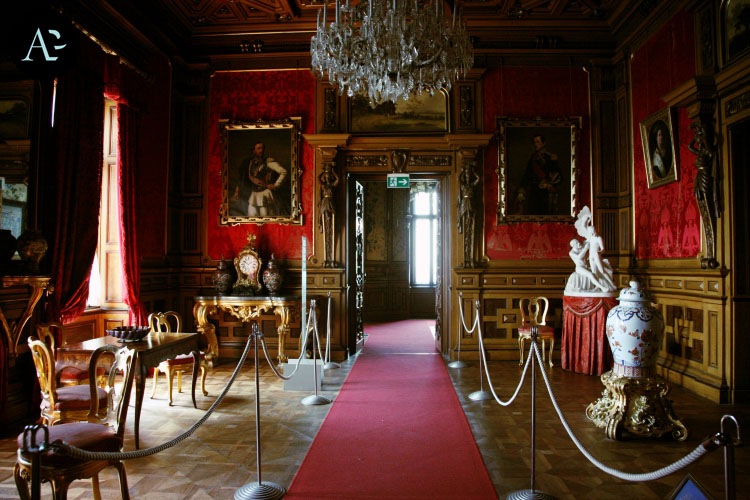
One of the most interesting novelties to have recently come out of the Ministry of Culture and Tourism’s ‘cylinder of ideas’ is the Domenica al Museo (Sunday at the Museum) initiative, which offers free admission to state museums on the first Sunday of the month.
A year after the start of this proposal, which I immediately took advantage of, I decided to share with you my itineraries, to show you what wonders can be admired to spend a Sunday of art, fun and at zero cost.
With this post, therefore, I begin a series of appointments in which I will take you on a discovery of museums large and small, but of unquestionable charm.
The first episode is dedicated to Miramare Castle.
Visit to the Castle of Miramare
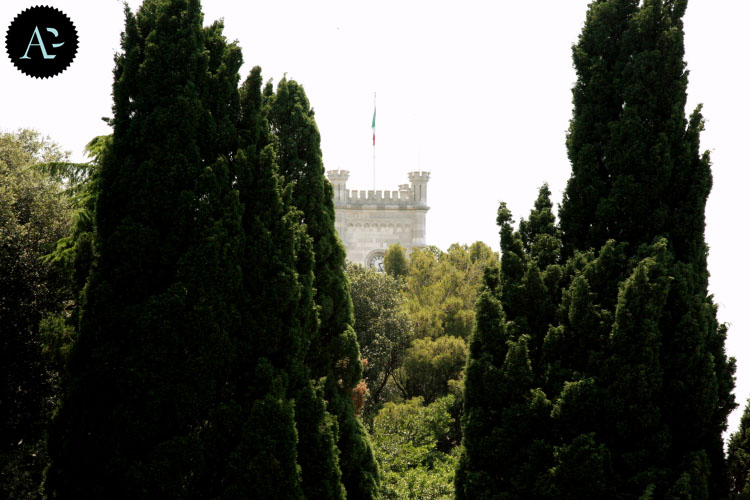
The Castle of Maximilian and Charlotte
When you arrive in Trieste, especially if you drive along the scenic coastal road, it is impossible not to be enchanted by the deep blue of the Gulf of Trieste. But when you see the tower of a castle between the vegetation and the sea, you immediately want to know why a building that looks like something out of a fairytale is right there.
The castle of Miramare is a wonderful place, where the original furnishings of its owners are preserved and whose presence you can still feel.
The castle has a very beautiful story to tell, which is linked to the landscape and the city of Trieste, but with a tragic ending.
The protagonists are Maximilian of Habsburg and Charlotte of Belgium, who lived the happiest years of their lives here.
Until 1855, there was only a wild promontory with almost no vegetation here, but in the cold spring of that year, Maximilian of Habsburg was surprised by bad weather while sailing in the Gulf of Trieste and found refuge here.
He was enchanted by the landscape and the view of the sea, so much so that he gave it the Spanish name of ‘Miramar’ (Italianised as Miramare ).
Maximilian decided to build his residence here, surrounded by a spectacular park, which still retains the old charm of the private home of one of the most important and powerful members of the royal family in Europe at that time.
Maximilian of Habsburg was the brother of Austrian Emperor Franz Joseph (Sissi’s famous Franz!) and is mentioned in the history books for being appointed Emperor of Mexico in 1864 and shot by Mexican Republicans in 1867.
Before his tragic adventure as ruler of Mexico began, Maximilian lived in the castle of Miramare where he was able to build a residence where his passions for nature and art could find a home.
There was no desire in him to flaunt his power and position (he had been viceroy of Lombardy-Veneto), but to create a very private place of peace.
This is why Maximilian devoted himself personally to the design of the park, the castle and the decorations.
He did not therefore limit himself to the role of patron but drew up and revised the construction plans for the entire Miramare complex, selected the botanical species in the park, carefully decided what kind of architectural layout to give the building and gave directives, going so far as to describe exactly where the paintings should be placed and what kind of fabrics to use.
His wife Charlotte, on the other hand, was the daughter of King Leopold I of Belgium and her family tree intersects with the history of Europe’s most important royal houses, from her maternal grandmother who was a granddaughter of Maria Theresa of Austria to Queen Victoria, whose cousin she was.
She was considered the most beautiful princess in Europe and their marriage united the illustrious Habsburg and Saxon Coburg Gotha families.
The impression I got when visiting the castle is that it is indeed a private residence, where everything is arranged to make life comfortable and to facilitate daily chores.
Even in the kitchens of Miramare Castle, despite the fact that the furnishings here have not been preserved, one seems to smell the scents and flavours of the dishes that the couple wished to have prepared for them and their guests.
In reality, it seems as if Maximilian and Charlotte never left here, because everything speaks of them, from the coats of arms referring to the two dynasties, the cosy rooms, to the paintings with scenes from the most important moments experienced at Miramare, such as the moment of the foundation by Maximilian or the arrival of Empress Elisabeth of Austria (the famous Sissi).
You may wonder at this point what tragic event snatched two young newlyweds from this paradise.
Emperor of Mexico
It all began in 1859, when Maximilian was offered the crown of Mexico by the Mexican royalists and, after much hesitation and doubt, accepted, thanks also to the support of the Emperor of France, Napoleon III.
As soon as he landed in Veracruz in 1864, he realised that the situation was very different from what he had been told and that the majority of the population was on the side of the Republicans, while his arrival was opposed in every way.
Riots and riots were the order of the day and events came to a head in 1866, by which time Charlotte had already returned to Europe to seek help first from Napoleon III, then in Vienna from Emperor Franz Joseph and finally in Rome from Pope Pius IX.
Unfortunately it was all in vain and Charlotte, beginning to show signs of mental imbalance, was taken to Miramare Castle for treatment while Maximilian was shot in Mexico.
The news that reached Europe about the situation in Mexico and Maximilian’s fate shocked public opinion and many considerations were made about what could and what could not be done to avoid that tragic end.
It became clear to everyone, however, that Maximilian had been left alone!
The affair was so shocking that Manet painted four canvases depicting the death of Maximilian, who, according to the painter, had been abandoned by Europe and France in particular.
Franz Liszt wrote a funeral march (1867) in honour of the Emperor and Giosuè Carducci composed the poem Miramar in which he recalls the story of Maximilian and Charlotte.
Miramare Castle also has another little story to tell and this one also has a tragic ending.
In fact, after Maximilian and Charlotte, someone else fell in love with Miramar and decided to establish his residence here, leaving traces of his passage in the castle.
We are talking about Amadeus of Savoy-Aosta and the period in which he stayed at Miramare. A story that I will tell in a post dedicated to the other stories of Miramare Castle.
If you liked this story tell me your impressions in the comments.
I am curious to read you.
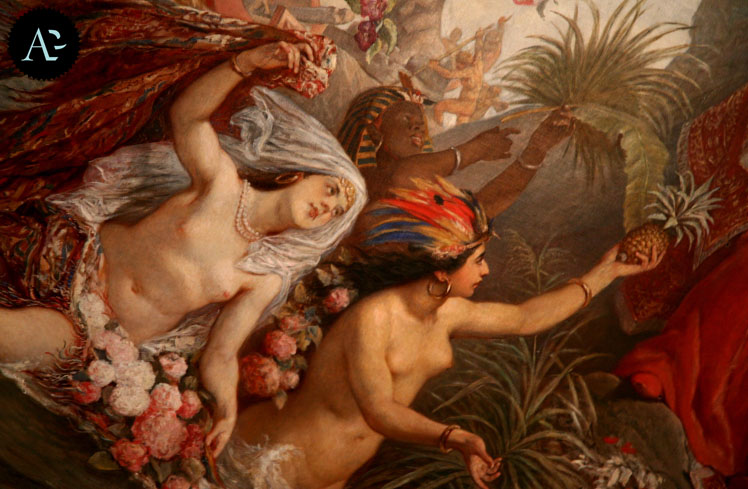
Cesare Dell’Acqua “Massimiliano che fonda il castello di Miramare” (dettaglio), 1867. Castello di Miramare, Trieste.
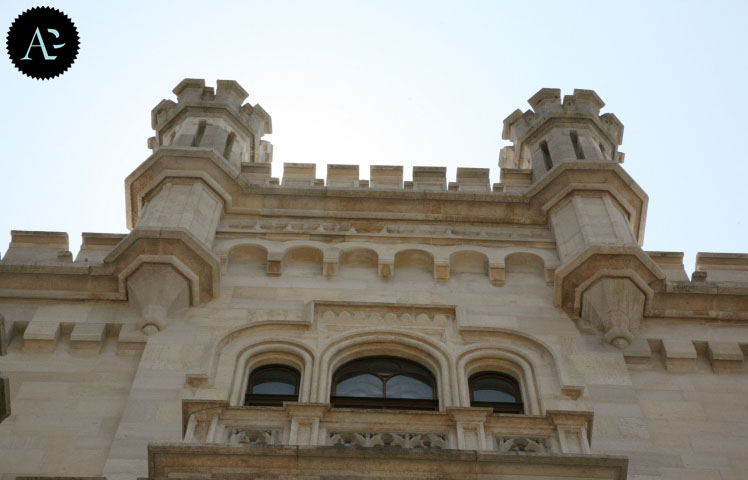
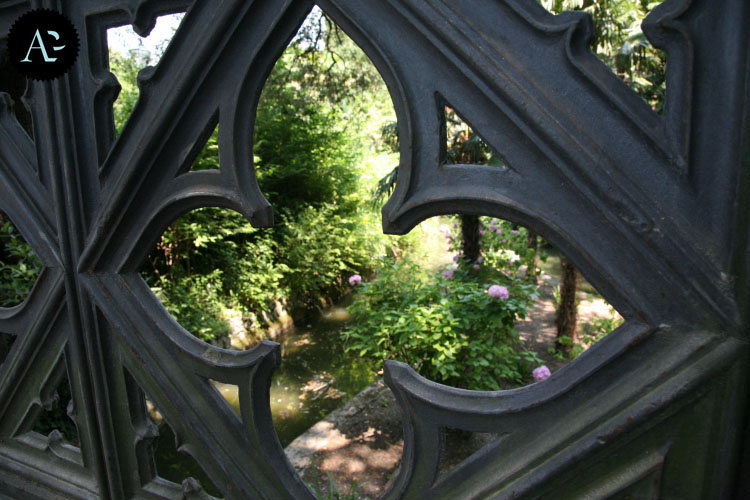
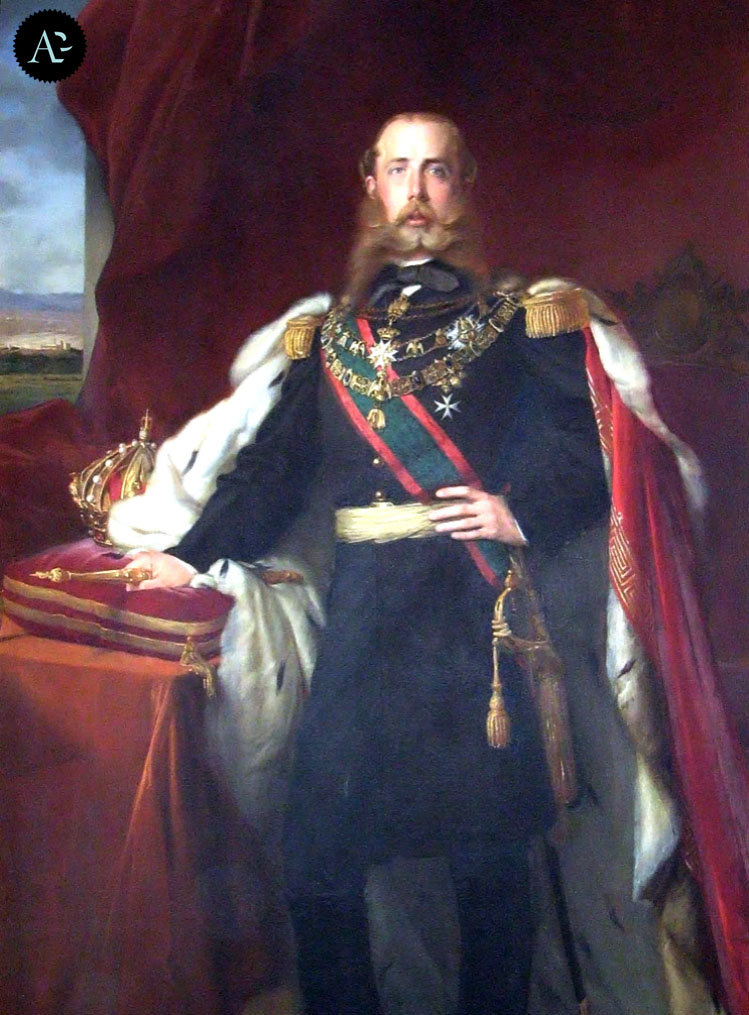
Franz Xaver Winterhalter “Massimiliano Imperatore del Messico”. Castello di Miramare, Trieste.
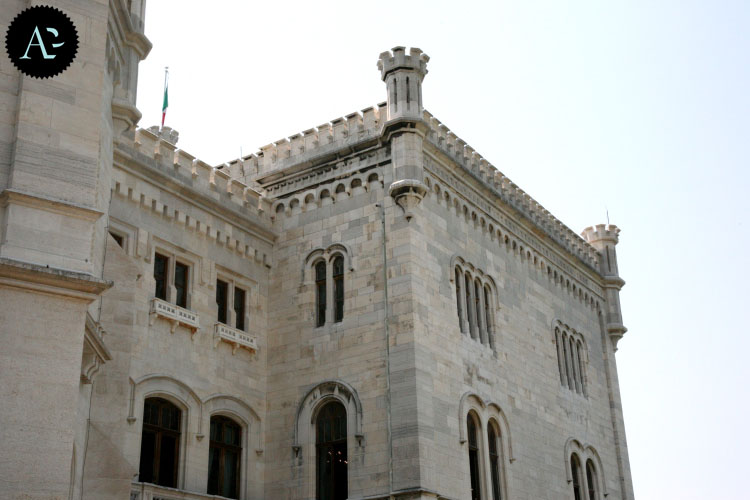
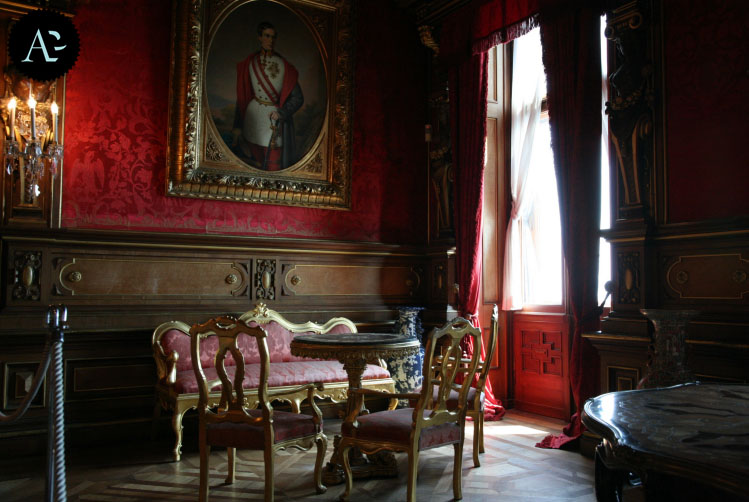
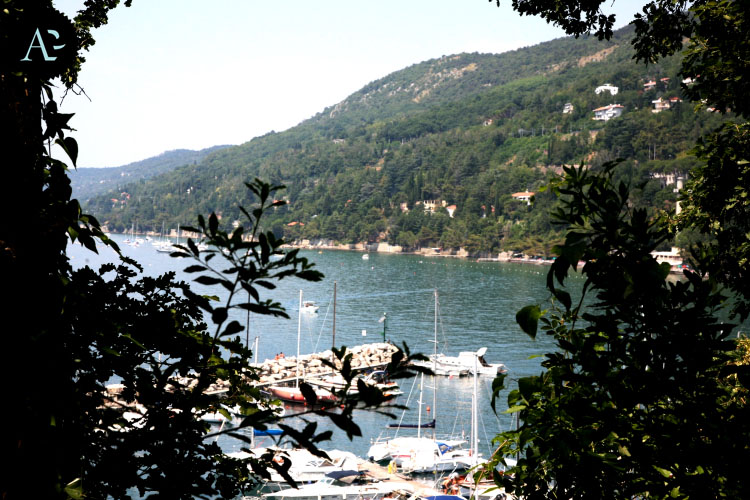
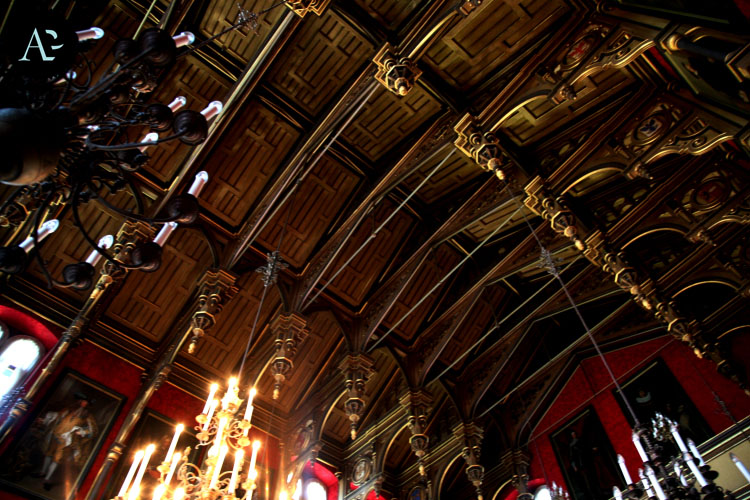
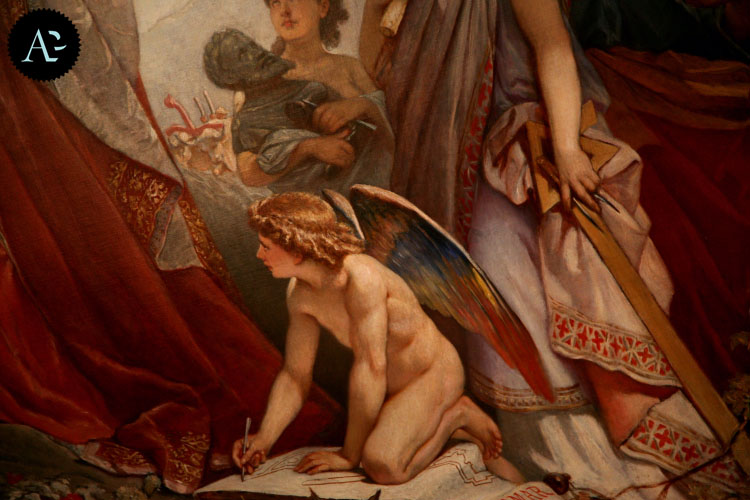
Cesare Dell’Acqua “Massimiliano che fonda il castello di Miramare” (dettaglio), 1867. Castello di Miramare, Trieste.
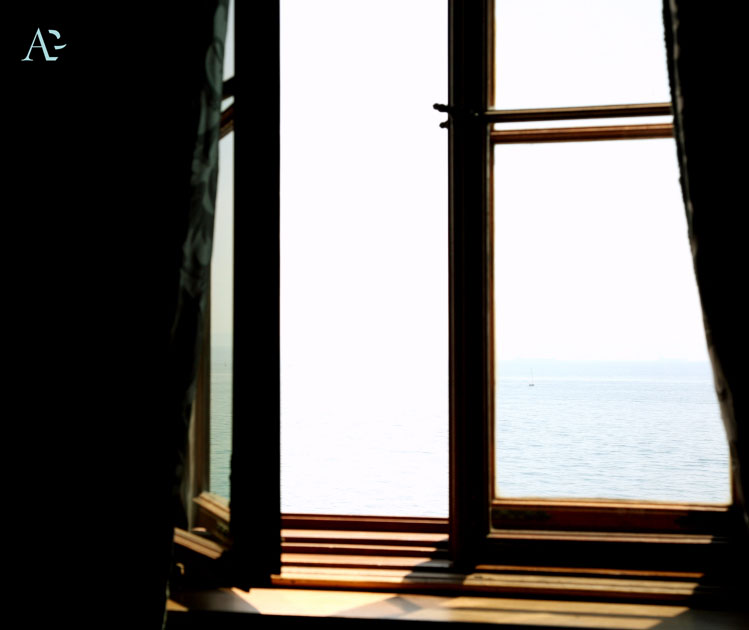
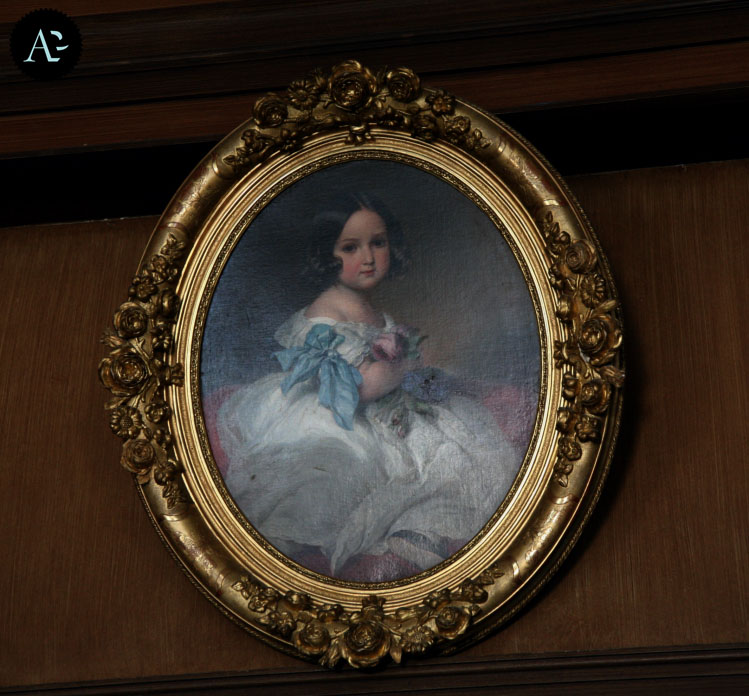
Franz Xavier Winterhalter “Carlotta del Belgio da bambina”, 1842. Castello di Miramare, Trieste.
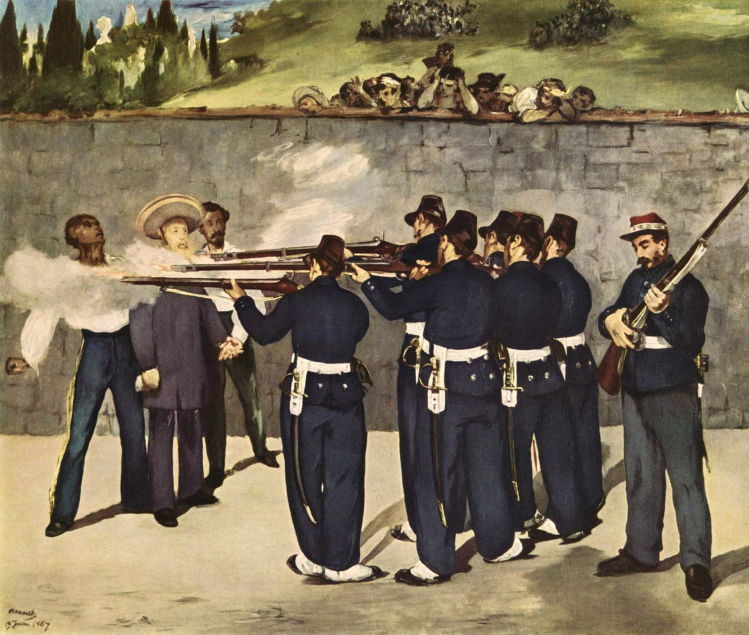
Esecuzione di Massimiliano I del Messico di Édouard Manet (1868). Städtische Kunsthalle, Mannheim.
INFO
Museo Storico del Castello di Miramare
Parco di Miramare
Viale Miramare – 34151 Trieste


Non conoscevo questa storia e quindi grazie per averla raccontata qui. L’ho trovata bella per quanto attiene il tenero rapporto che si percepisce fra i due protagonisti, mentre ovviamente altrettanto triste per il drammatico epilogo di due persone che forse amavano solo la pace di quel luogo dove avevano costruito il loro “rifugio”.
Grazie Marisa per il tuo commento. Miramare è come uno scrigno di tesori e di storie.
Ti fa innamorare
Grazie per avere così bene illustrato il luogo che adoro della mia citta’
Cara Critina, Trieste è una città favolosa e di storie da raccontare ne ha moltissime. Tornerò con piacere prossimamente per svelarne altre 😉 Grazie per il tuo commento.
Non conoscevo questo luogo e ho apprezzato molto sia il post che il blog.
Mi piacerebbe adottarti nel gruppo facebook #adotta1blogger, se ti fa piacere, ma non trovo il tuo nome e serve un profilo e non una pagina per entrare. Se ti interessa scrivimi e sarò lieta di “adottarti” 🙂
Qui un po’ di informazioni http://social-evolution.it/adotta1blogger/
Grazie Sonia per i complimenti e grazie per avermi fatto conoscere #adotta1blogger 🙂
Ti invio una mail all’indirizzo che hai lasciato quando hai inserito il commento 😉
Buona giornata.
I’m working on a book about Maximiliano de Habsburgo and I would like to buy a photograph of the following painting by Cesare Dell’Acqua:
Massimiliano che fonda il castello di Miramare, 1867. Castello di Miramare, Trieste.
I found it on Getty images, but they only have it black and white.
Do you have any information?
Thank you!
The images of paintings by Cesare Dell’Acqua I made it myself, but I have others. On the blog I used it some.
Contact me privately via email that you can find in the contacts – http://www.theartpostblog.com/contatti/
Ho visitato il castello di Miramare durante una tappa della mia crociera ,quindi abbastanza velocemente,ma posso testimoniare che non si riesce a descrivere l’atmosfera che si percepisce.entrando nel castello…occore girare per le varie stanze e” vivere ” la storia dei protagonisti perchè si rimane coinvolti senza volere .Bellissima esperienza….Grazie per avermelo ricordato e COMPLIMENTI .
Il Castello di Miramare è un luogo magico e rappresenta perfettamente quel luogo d’Italia in cui è collocato. Un luogo di confine ma che è anche sempre stato il crocevia di culture diverse. Mi fa piacere di averti ricordato un luogo così speciale.